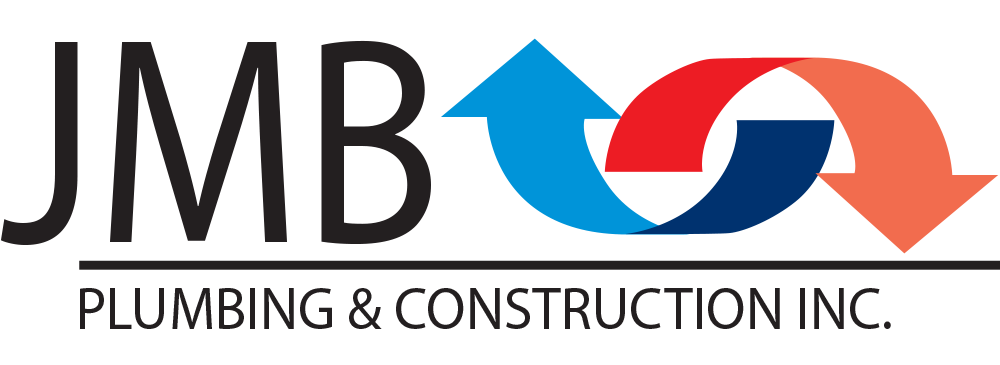Conventional Storage Water Heaters
Understanding the fundamentals
In the realm of water heating solutions, the conventional tank water heater stands as a steadfast and reliable option, providing homes with a steady supply of hot water for various daily needs.
Conventional storage water heaters come in many sizes, ranging from 20 to 80 gallon tanks. The most common size tank is between 40-50 gallons, adequately serving a 2-3 person household. Beyond 50 gallons, adding 10 gallons to tank size per person is a common practice for judging what size water heater you should have in your home.
One of the hallmark features of conventional tank water heaters is their consistency. These systems store and heat a predetermined amount of water, ensuring a readily available supply whenever the tap is turned on. This makes them particularly suitable for households with predictable hot water usage patterns, offering a reliable and steady performance.
How They Work
The operation of conventional tank water heaters is fairly straightforward. A large insulated tank, typically made of steel or glass-lined material, holds and heats the water using either gas or electricity. A thermostat controls the temperature, ensuring that the water is maintained at the desired level. When a hot water tap is opened, the pre-heated water is delivered to the point of use.
Affordability and Accessibility
In comparison to some of the more advanced water heating technologies, conventional tank water heaters are generally more affordable. The initial cost, coupled with the ease of installation, makes them an accessible option for a wide range of homeowners. Maintenance and repair costs are also typically lower compared to more complex systems.
Cost-Effective Installation
Conventional tank water heaters are known for their relatively simple installation process, making them a cost-effective choice for homeowners. Existing plumbing setups can often accommodate these systems with minimal adjustments. Additionally, these water heaters are available in various sizes to suit the needs of different households, providing flexibility in installation.
Considerations for Efficiency
While conventional tank water heaters are known for their reliability and affordability, they may not be the most energy-efficient option available. Standby heat loss, where energy is lost as the stored water maintains its temperature, can contribute to higher energy bills. However, advancements in insulation technology have mitigated some of these concerns, and choosing a model with a higher Energy Factor (EF) rating can enhance efficiency.
Sizing Matters
Selecting the right size is crucial when opting for a conventional tank water heater. A unit that is too small may struggle to meet the hot water demands of a household, leading to frequent heating cycles and potential inefficiency. Conversely, an oversized unit may result in unnecessary energy consumption. Proper sizing considers factors such as the number of occupants, peak hot water usage times, and the overall demands of the household.
Consider the demand in your household to understand the optimal capacity of your tank:
For a 1-2 person household: 40 Gal
For a 2-3 person household: 50 Gal
for a 3-4 person household: 80 Gal
Conventional tank water heaters, with their simplicity, affordability, and reliability, continue to be a popular choice for many homeowners. As technology evolves, these systems also benefit from improvements, offering more energy-efficient options to those seeking a balance between performance and cost-effectiveness. Understanding the fundamentals of conventional tank water heaters empowers homeowners to make informed choices that align with their specific hot water needs.
Want to go tankless? Click here to find out more.


